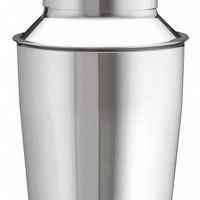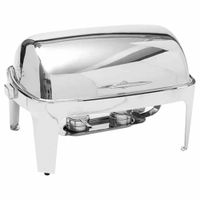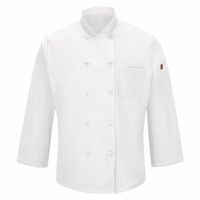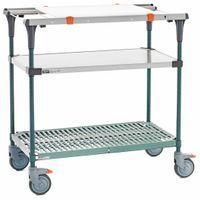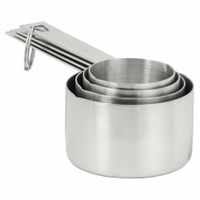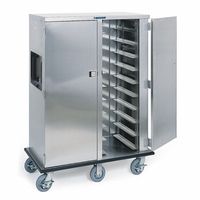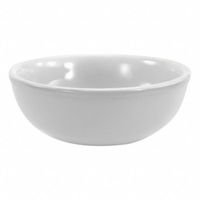- Home
- Furnishings Appliances Hospitality
- Tableware Smallwares Food Service Storage Transport
Frequently Asked Questions
What are the essential tableware items needed for a buffet service?
How do you maintain optimal serving temperatures in buffet service equipment?
What are the must-have bartending supplies for a professional bar setup?
What types of kitchen prepware are essential for efficient meal preparation?
How do you properly store and transport food in a professional kitchen?
What equipment is necessary for meal delivery services in medical facilities?
What are the best practices for cleaning and maintaining cutlery and cookware?
How do you choose the right foodservice apparel for kitchen staff?
What are the benefits of using specialized serving line equipment in cafeterias?
How can you ensure food safety during transport and storage in foodservice operations?
